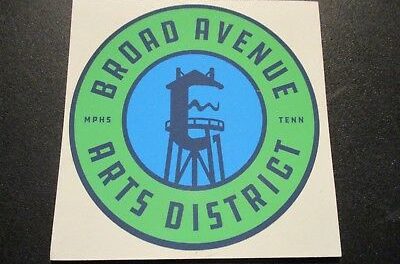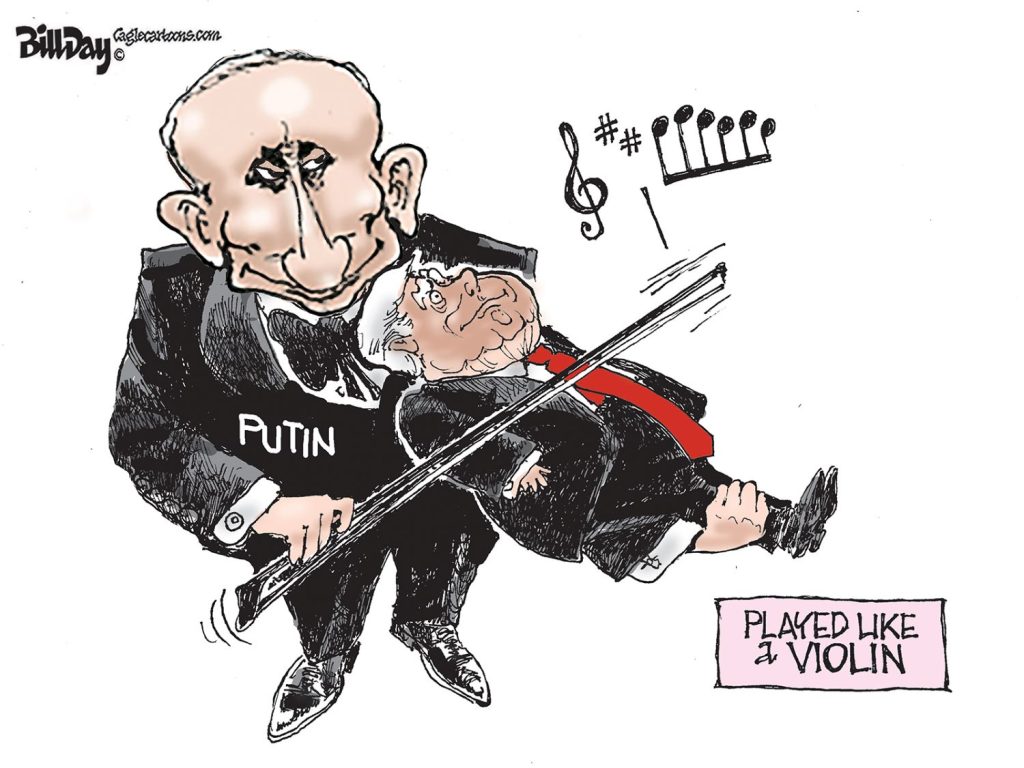Year after year, some of the most important data released annually get no news media attention: the assessed value of property for tax purposes.
The values influence the property tax rate – one of the two primary tax sources (sales tax is the other) for every government – which in turn drives the funding available for public services like education, public safety, criminal justice, health care, and more.
The overall increase in assessed value in all of Shelby County didn’t even reach two-tenths of one percent, or $27 million over the previous year’s $18.96 billion. It’s an amount that immediately raises questions about all those big numbers about capital investments in our community.
For example, EDGE proudly touts that its liberal business incentives resulted in $4.4 billion in capital investment since 2011. And others say that the Memphis area has $15 billion in new construction projects in about four years.
And yet, these dramatic numbers aren’t reflected by dramatic increases in the assessed value of property.
We’ve written before: “Real estate development is not economic development,” but these assessed valuations raise the question of whether talk about capital investments is an overstated talking point that is doing little to support vital services of our community’s governments.
Veteran journalist Jimmie Covington reliably keeps track of these important data points and he submitted the following post. He has lengthy experience covering governmental, educational, and demographic issues. He is a contributing writer with The Best Times, a monthly news magazine for active people 50 and older, where this initially appeared.
By Jimmie Covington
The assessed value of property for tax purposes increased $88 million in Shelby County outside Memphis this year while it dropped $60.9 million within the city, certified tax roll figures released in April by the County Assessor’s Office show.
Because of appeals, it is not unusual for total values to drop for the year following a property reappraisal year, but this year’s figures indicate that growth and development in the suburbs has exceeded the loss of value to appeals.
At the same time, the numbers indicate that the new construction and development in several parts of Memphis have not produced enough new property value to offset the loss from successful appeals and from perhaps other causes.
In developing budgets and tax rate figures this year, officials of Memphis, Shelby County and the suburban municipalities reported that the impact of appeals had been less than expected. As a result, each government had to calculate a recapture property tax rate. As a result, most of the governments this year have cut their property tax rates and reduced property taxes.
Countywide this year, the assessed values rose $27 million— from $18.963 billion to $18.990 billion—an increase of only 0.14 percent.
The value total in Memphis dropped from $11.52 billion to $11.46 billion, a decline of $60.9 million or 0.53 percent.
The largest dollar value suburban increase was $32.6 million in Collierville, a 1.89 percent increase. The largest percentage increases are in the smaller suburbs of Millington, 3.57 percent, and Arlington, 3.26 percent.
The figures show that all of the property tax revenue growth to fund increases in the new county government budget and the county’s schools budget will come from the county outside Memphis.
Property owners are allowed to file appeals of appraised values every year. The 2018 values in the chart are those in place before county Board of Equalization action on 2018 appeals. Similarly, the 2017 values are those in place before the board’s action on the reappraisal appeals. The 2018 values do reflect the results of appeals of the 2017 values.
The governments’ property tax rates are applied to each $100 of the assessed value. Assessments differ on the various types of property. For example, residential property is assessed at 25 percent of appraised value and commercial and industrial property is assessed at 40 percent.
Assessed values for tax purposes
Places 2017 2018 %Change
Shelby Co. All $18,963,394,275 $18,990,432,495 +0.14
Arlington $338,870,090 $349,940,230 +3.26
Bartlett $1,303,003,810 $1,317,071,725 +1.07
Collierville $1,725,044,030 $1,757,683,475 +1.89
Germantown $1,637,981,540 $1,654,177,850 +0.99
Lakeland $350,643,485 $353,433,080 +0.80
Memphis $11,521,720,355 $11,460,746,695 -0.53
Millington $188,394,465 $195,127,695 +3.57
Unincorporated $1,897,736,500 $1,902,251,745 +0.24
Source: Shelby County Property Assessor’s Office






I think EDGE should be required to respond to Jimmie’s question regarding why we are not seeing significant increases in property values.
In my analysis at http://mcclemasured.net, I attribute slow property values increase to rising violent crime rates over the past 7 years. A 25% increase in violent crime based on my reference would decrease property values by 6.25%. See http://mcclmeasured.net/data. Overall, the problem is that we dont have real economic development going on which is why its not coming out in the macro data. Steve Redding, The EDGE numbers are not fleshing out in total wage growth either – http://www.smartcitymemphis.com/2018/06/taxpayers-cost-for-falling-behind-in-employment-growth-47-million-a-year/
Steve: Absolutely this should happen.
Joe: Is your analysis for the MSA like the newspaper article?
No my analysis is for Shelby County only. It appears that this Smart City article is only about the County and not the MSA based on the cities contained in the table above. My comment is really about the downward pressure on property values that come with increases in violent crime as reported by the Memphis Shelby Crime Commission. Based on the reference that I used a 25% increase in violent crime as reported by the MSCC would have a 6.25% downward pressure impact on overall market real estate values. Its one way that the small increases in overall assessed values might be explained.
The question is since Memphis has always been a high-crime city, why would that be a factor now? Clearly, it is a factor – like many others – but how can we quantify it or prove that it’s happening?
Since this is not a reappraisal year, the market had no impact on the figures in the above piece except for the amount of new construction–actually the extent that the market encouraged new construction. And in an effort to maintain equity among taxpayers, all the new construction will go onto the tax roll based on 2017 values until the next reappraisal in 2021. For example, if sales figures show a 6 percent increase in the value of of property (or a decline of 6 percent) across the county in 2019 that gain (or loss) would not be reflected in the annual tax roll figures until the next reappraisal. The annual tax roll figures would reflect whatever decline in overall property values that occurs when properties come off the tax roll as a result of PILOT development programs. The developers continue to make payments to the governments at the pre-development tax freeze levels. That is government revenue but it is accounted for separately. State law does not require the assessor to make any kind of public report on the amount of property value that comes off the tax roll as a result of PILOTS or the amount the comes back on the roll at the end of a PILOT.
Thanks to Trustee David Lenoir for publishing yearly reports that go back to FY 2006, so we can track PILOTs across reappraisals. It is curious that all the economic activity trumpeted by PILOT backers never shows up in much higher property valuations, higher incomes, etc. They raise questions about the truth about PILOTs and their impact on economic development, but as Joe Kent has blogged, they prove conclusively that the “retention PILOTs” are indefensible as they shift the tax burden from corporations to homeowners and small businesses.
Memphis’ comprehensive annual financial reports show these general local sales tax revenues for city government for the last four fiscal years. There were good-sized increases from 2014 through 2016 but only a modest increase in 2017. Property taxes and the local sales tax are the city’s two largest sources of local revenue. Maybe someone else can provide some background on what has been happening with the local sales tax. Do I recall correctly that advocates of PILOTs cite increasing local sales tax revenue as a major benefit of granting PILOTs?
Fiscal 2014–$103.1 million
Fiscal 2015–$108.5 million
Fiscal 2016–$113.1 million
Fiscal 2017–$114.4 million
In city budget hearings, finance officials said this was the final sign that Memphis was bouncing back from the Great Recession. That said, sales tax growth still lagged behind comparable cities. Parenthetically, Memphis was the last region in the country to return to its pre-Great Recession economic levels and it did it in the last quarter of last year.
The PILOT ROI studies do claim that tax freezes produce sales taxes but I’ve never heard it framed as a major benefit. That billing goes to the payment of 25% of the property taxes. That said, these analyses are so suspect that I find it hard to give them the kind of credence they should have.
So while Memphis is a high crime city, increases in that already high rate are bound to have a negative impact on property values. The reference that I use says for every 10% increase in violent crime it results in a 2.5% decrease in property values. I used this reference to estimate the impact on taxpayers for a 25% increase in violent crime. As far as sales taxes, yes they are included in the numbers to justify PILOTS. For example direct jobs and indirect jobs (that come from multipliers) with their total wages before taxes are added together to produce total wages from a PILOT. Then that total wage figure is multiplied by approximately 3% to come up with a “total new tax revenue generated” figure for a given PILOT. That 3% includes sales, property, hotel taxes and etc…..
My question for Jimmie Covington is the figure of $18,990,432,495 Before or After the 25% and 40% values for residential and commercial rates are applied ?
The governments’ property tax rates are applied to each $100 of the assessed value. Assessments differ on the various types of property. For example, residential property is assessed at 25 percent of appraised value and commercial and industrial property is assessed at 40 percent.
Assessed values for tax purposes
Places 2017 2018 %Change
Shelby Co. All $18,963,394,275 $18,990,432,495 +0.14
All the figures in the chart are the assessed values after the 25 percent and 40 percent assessment rates have been applied.
So Jimmie does it make sense that Shelby County total property appraisals are about $70M ?
I mean $70 Billion….
See page 261 – https://www.shelbycountytn.gov/DocumentCenter/View/31015/19—Appendix-FY18-Adopted?bidId=
$65,130,539,900